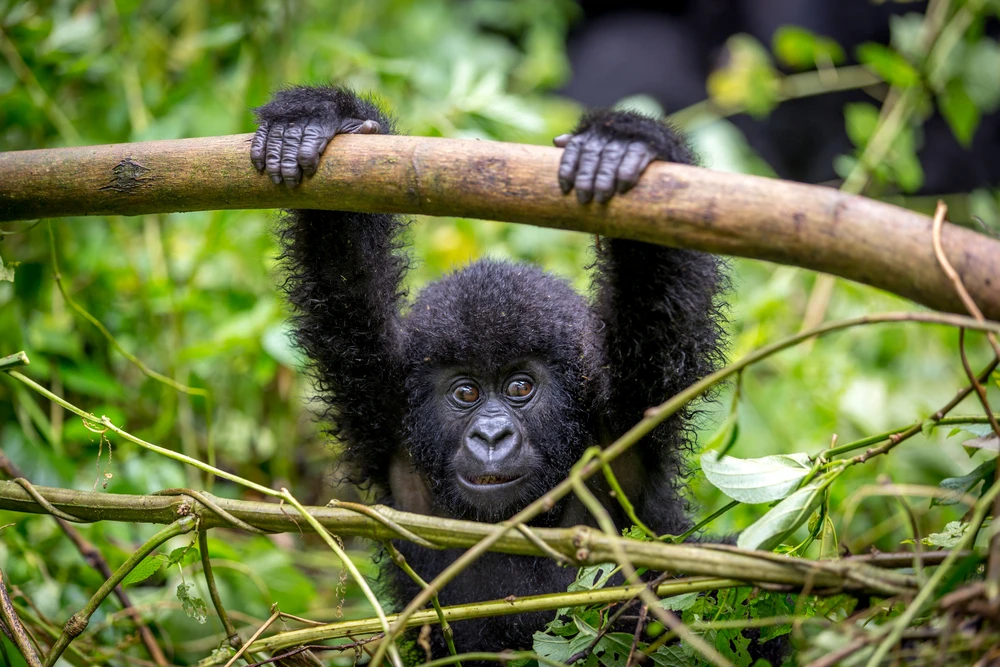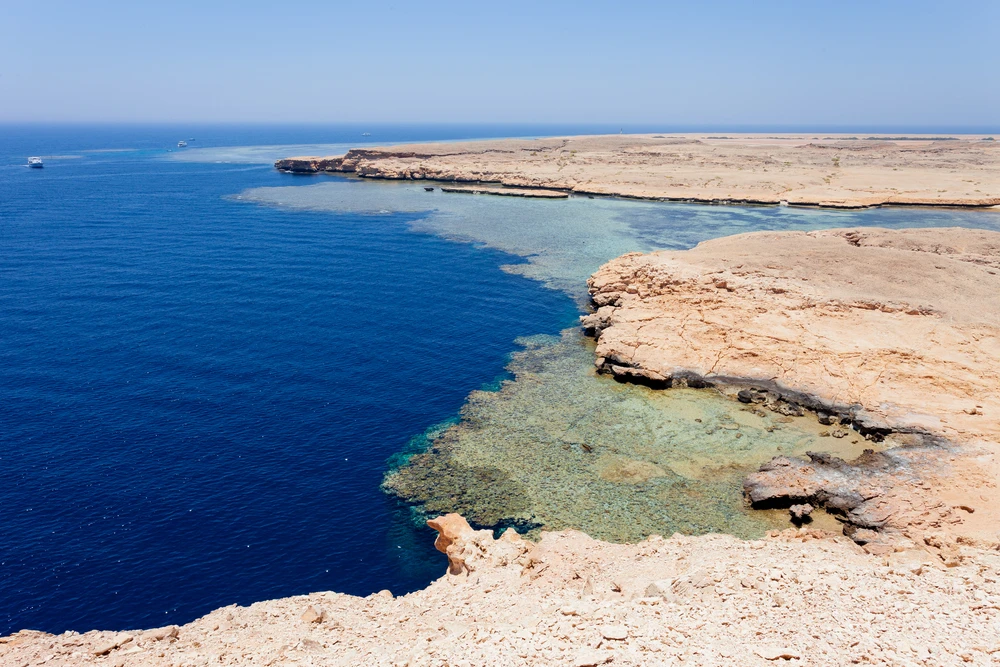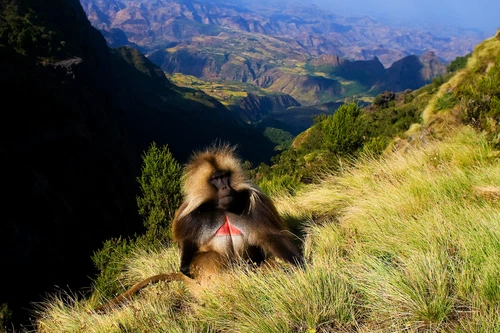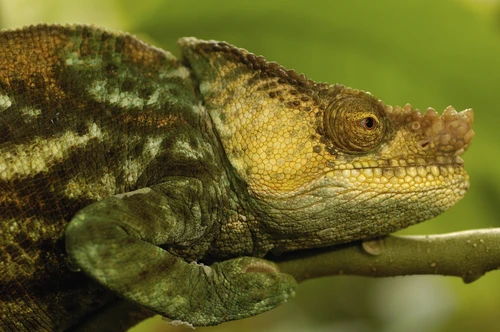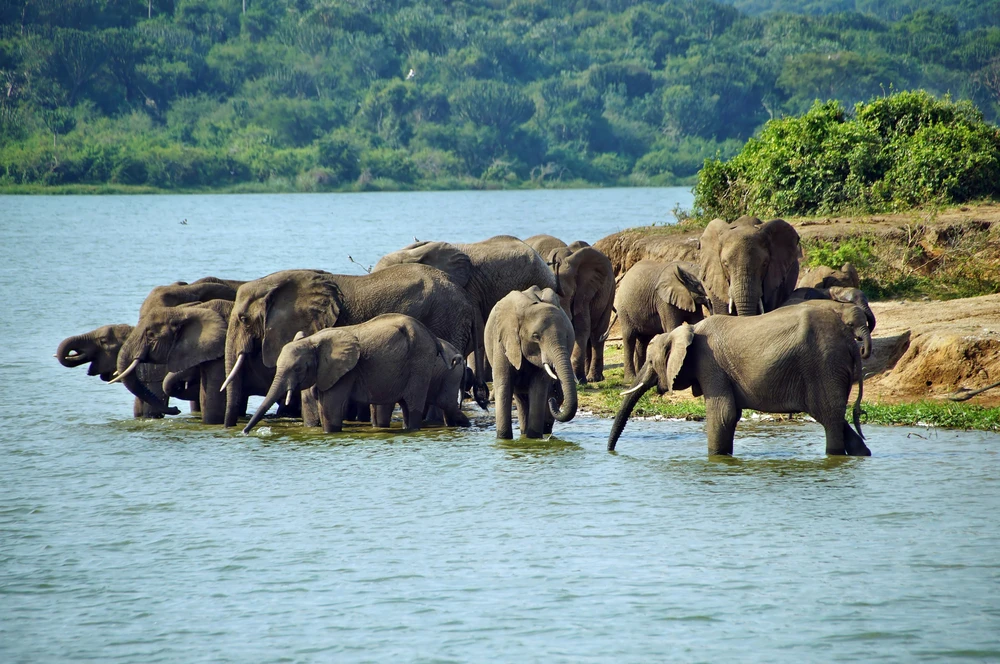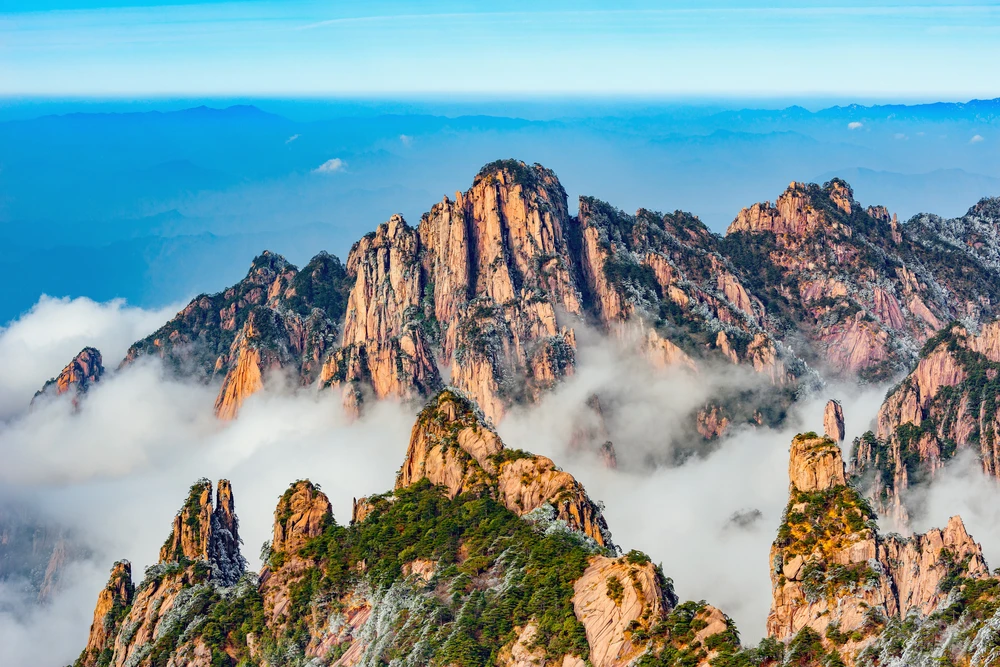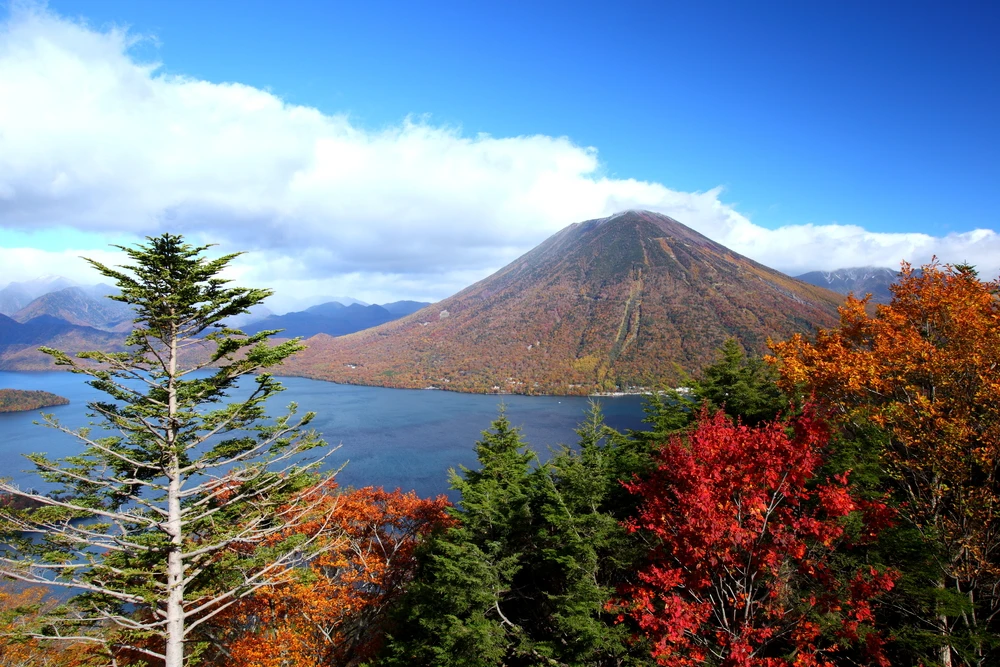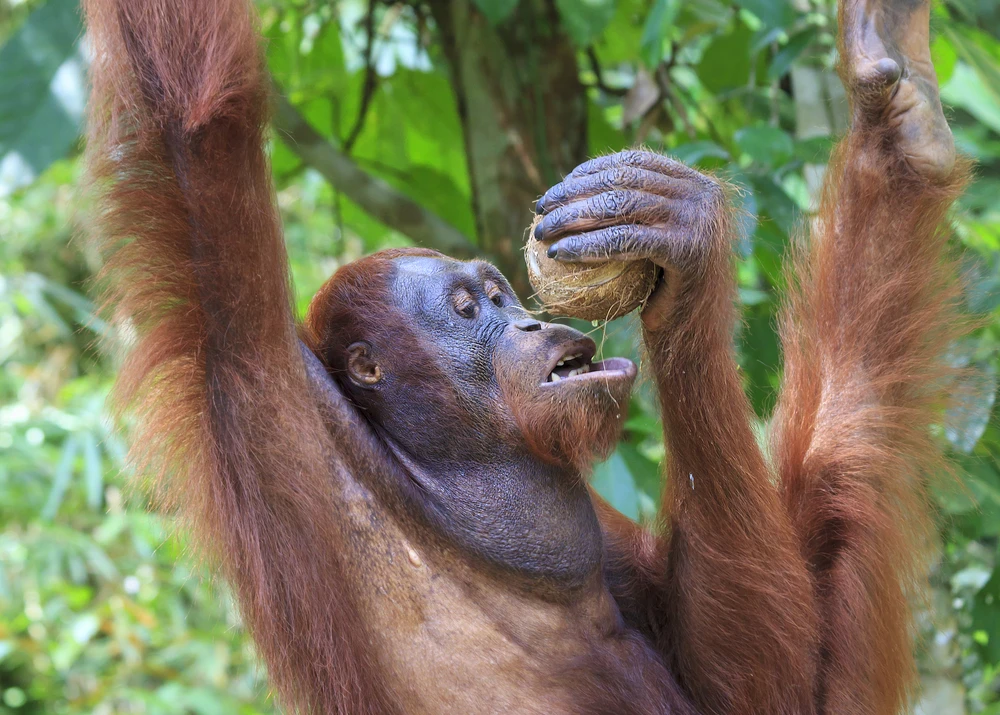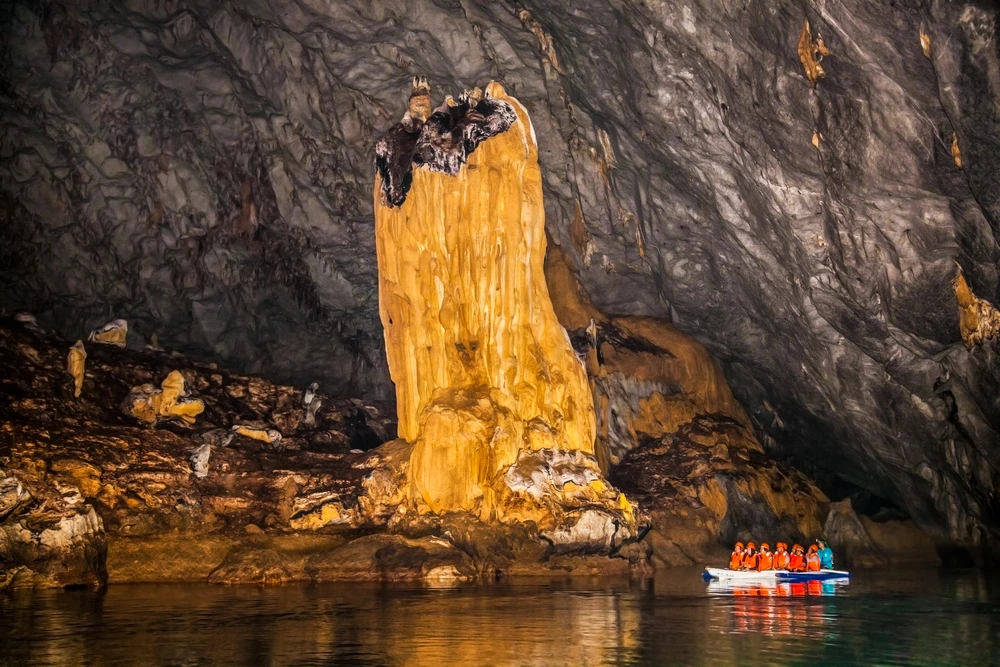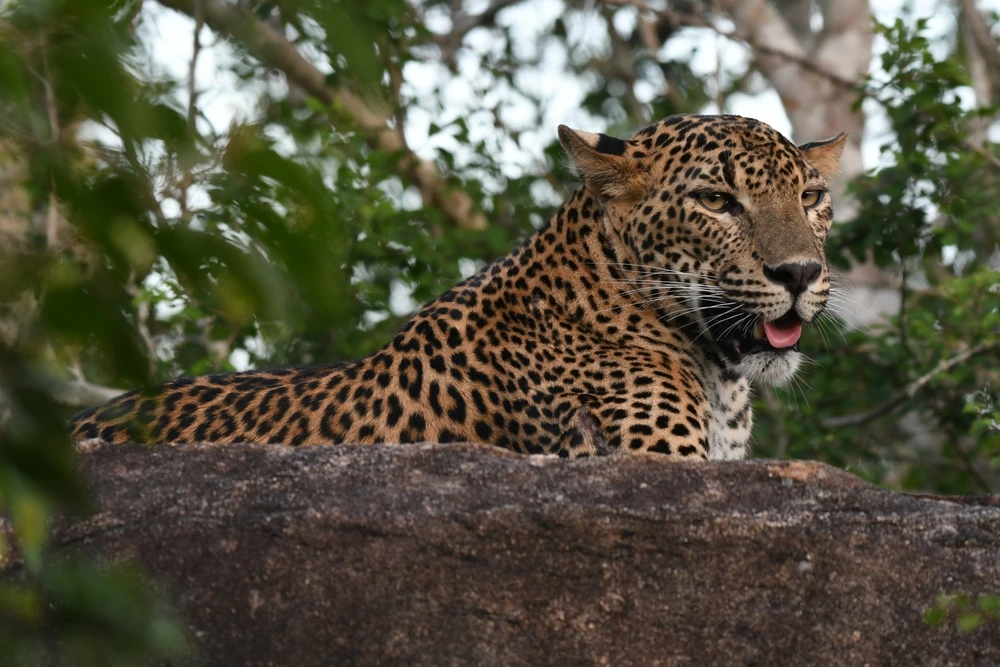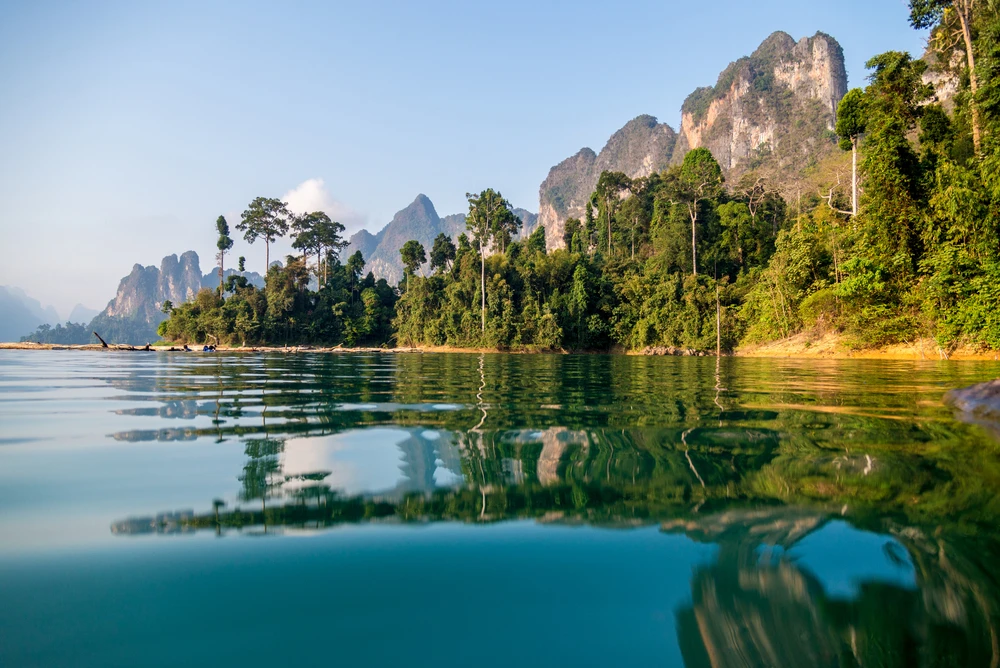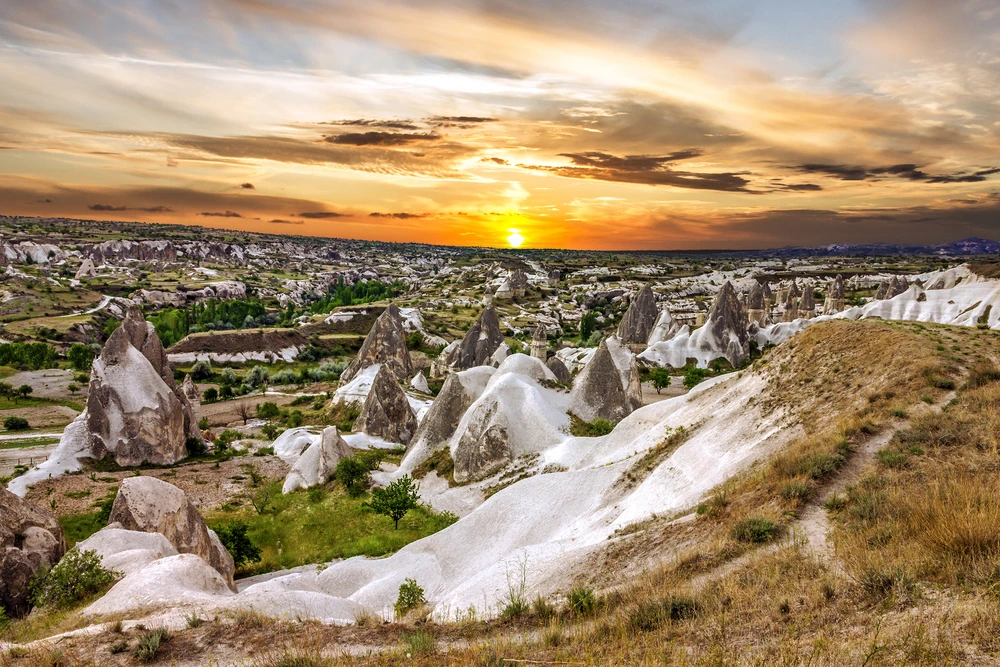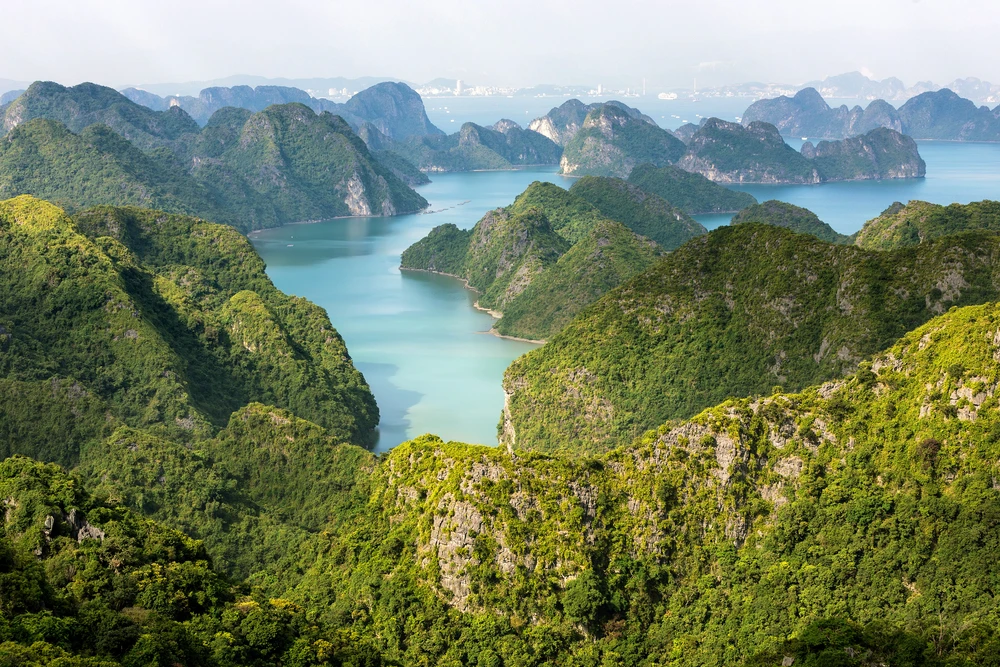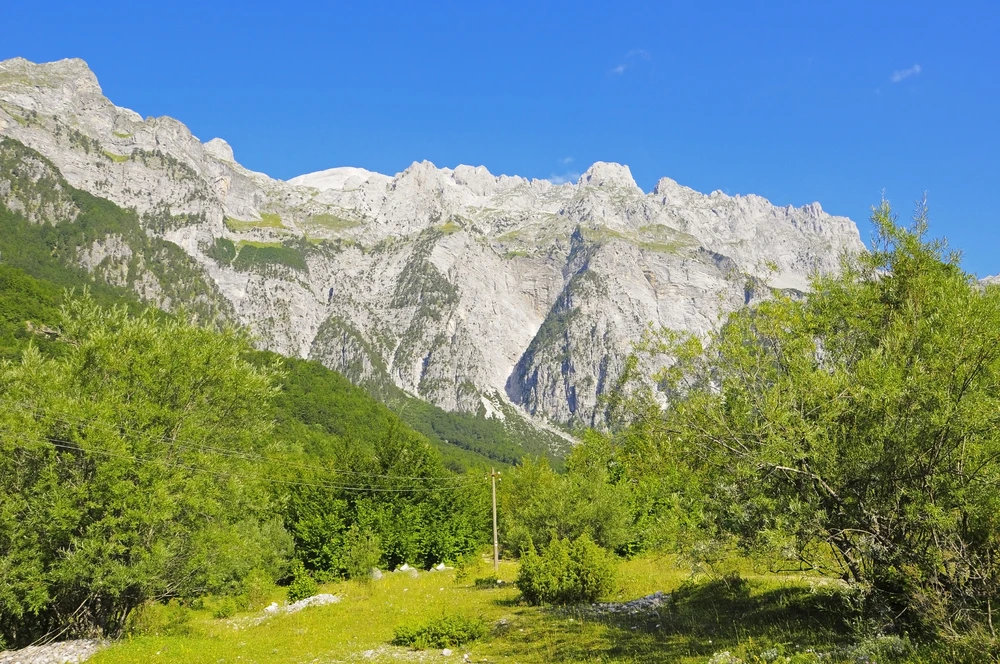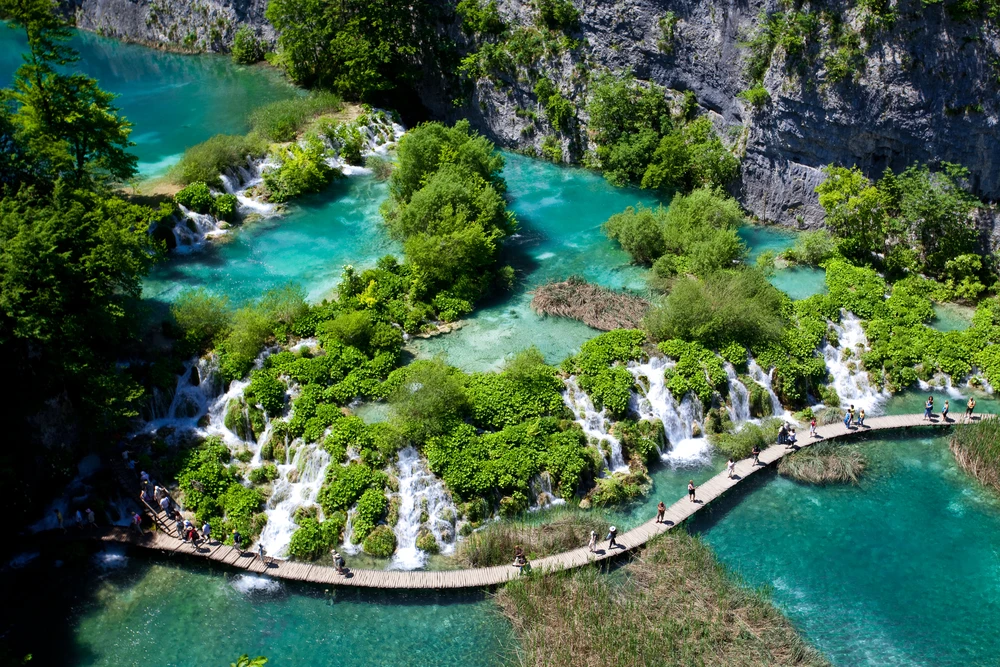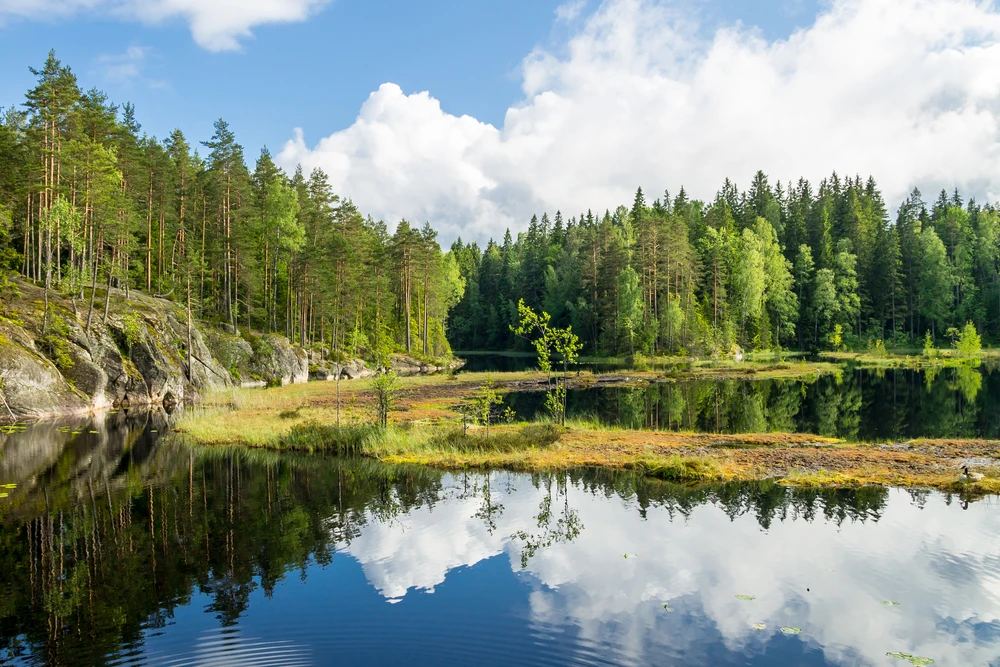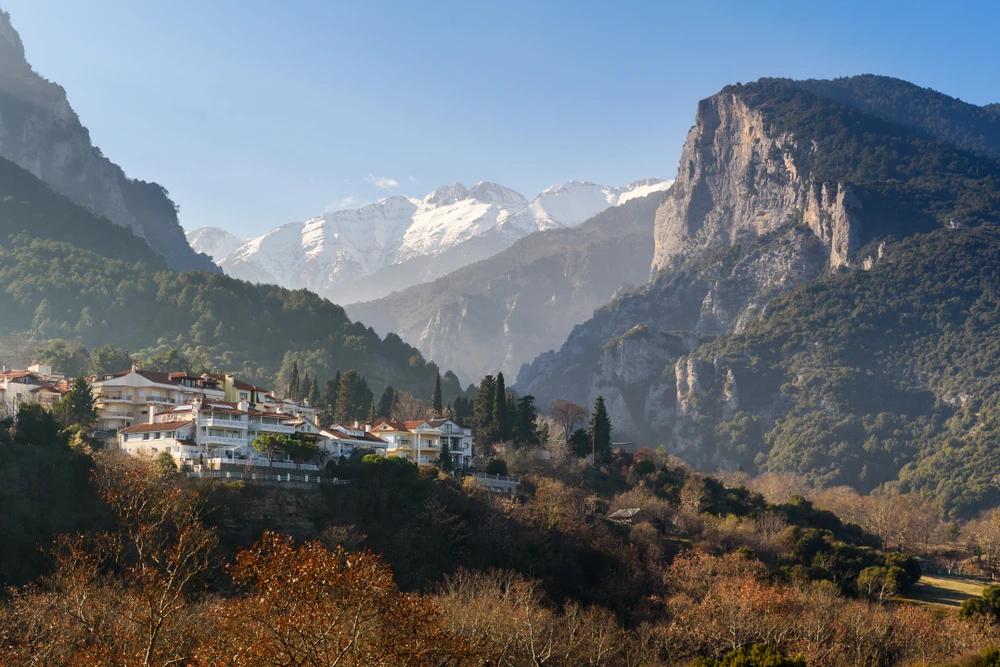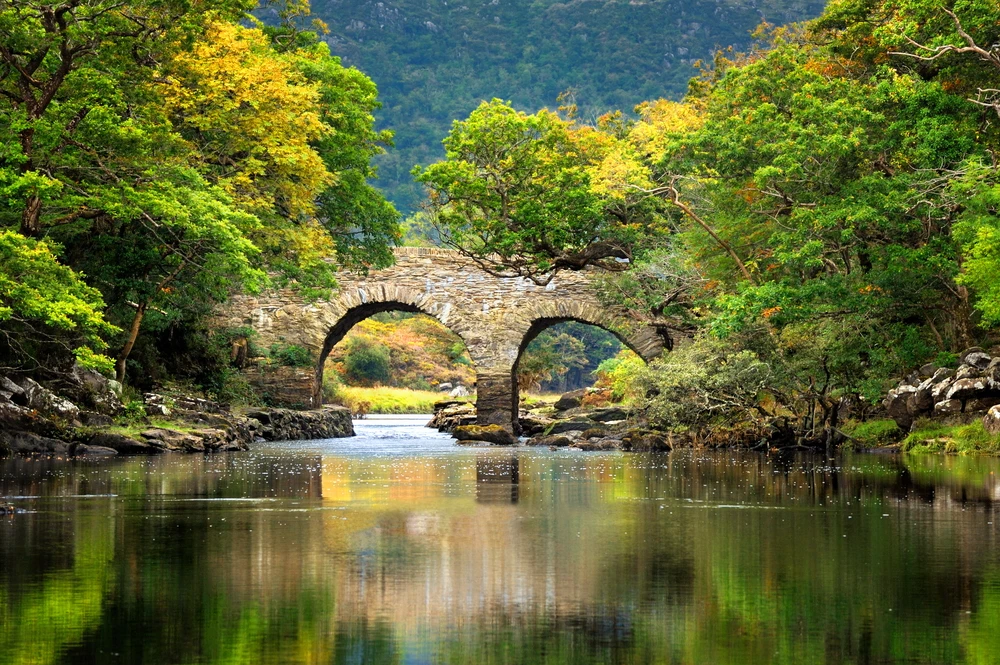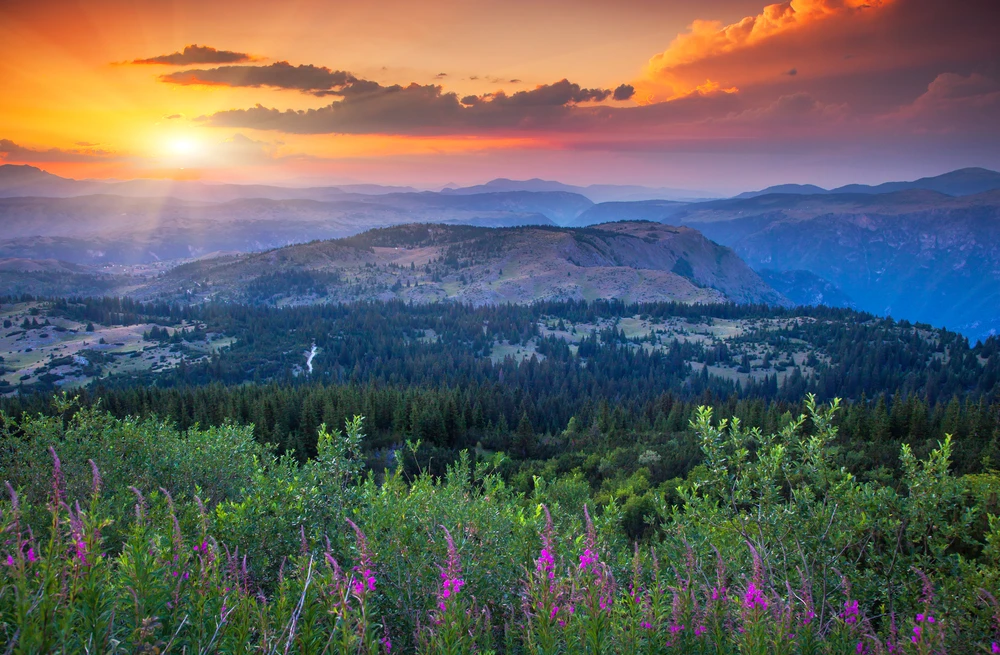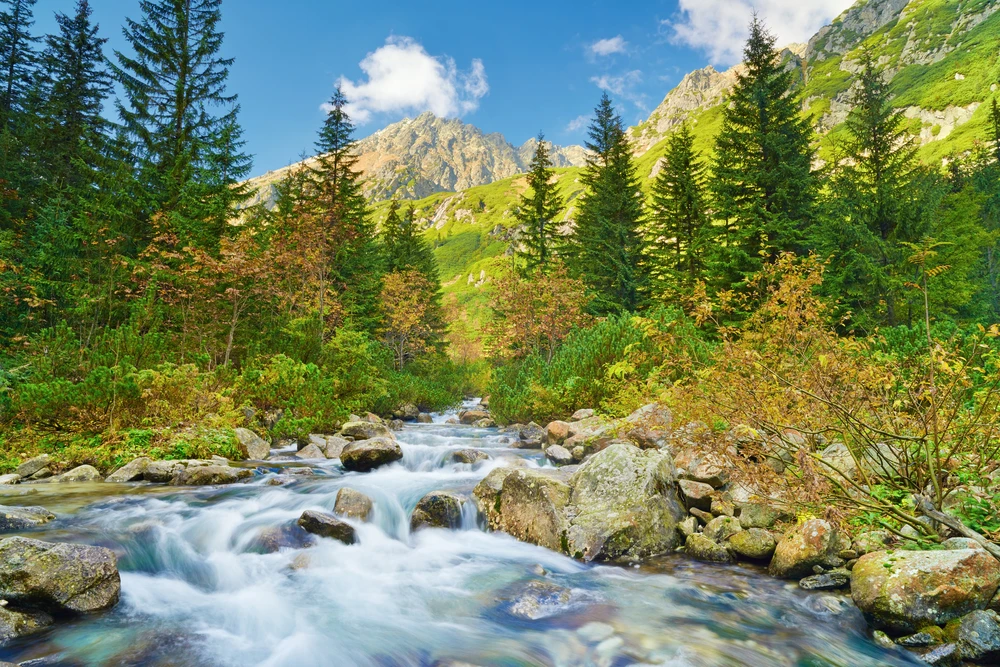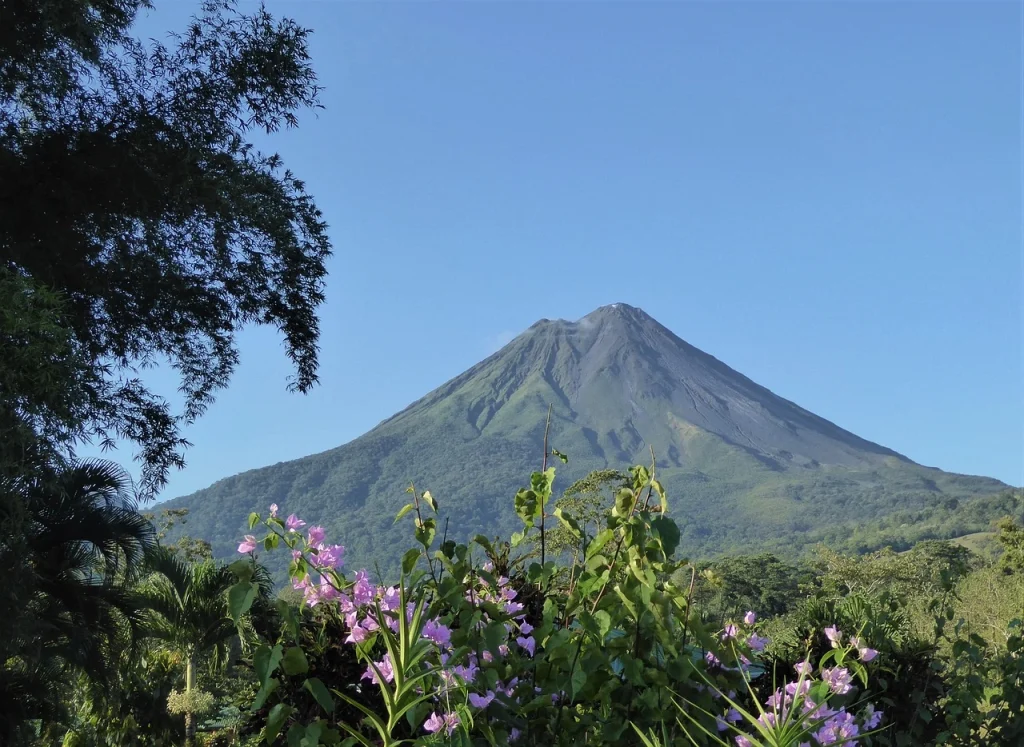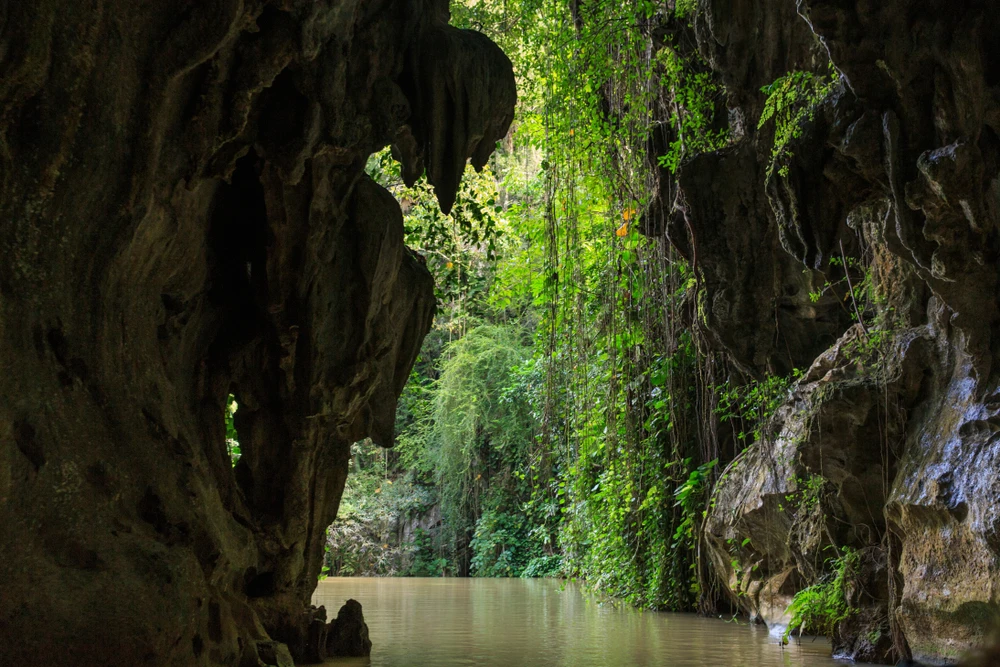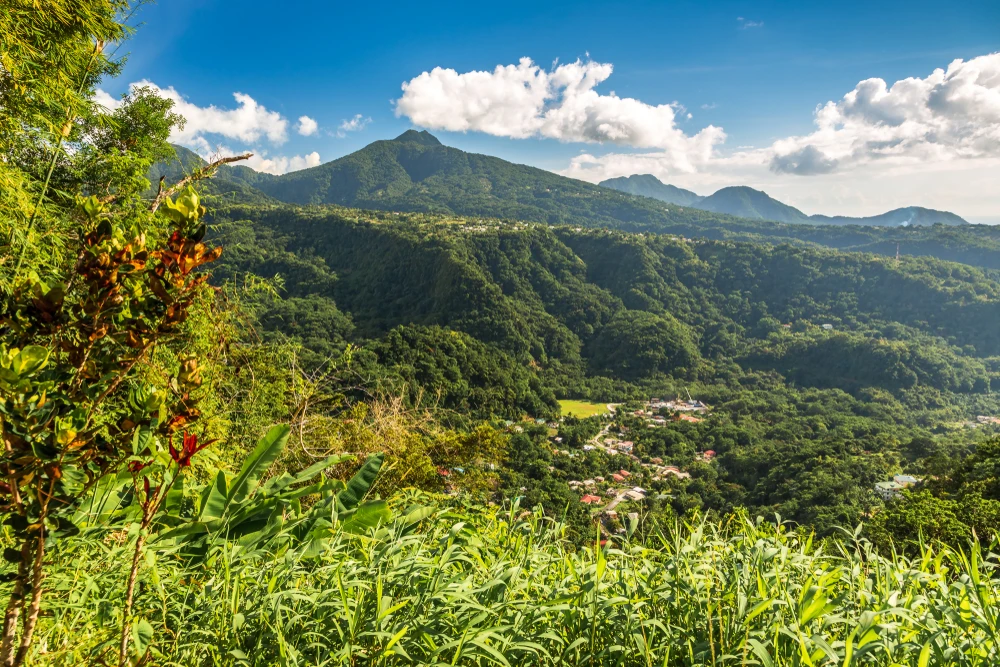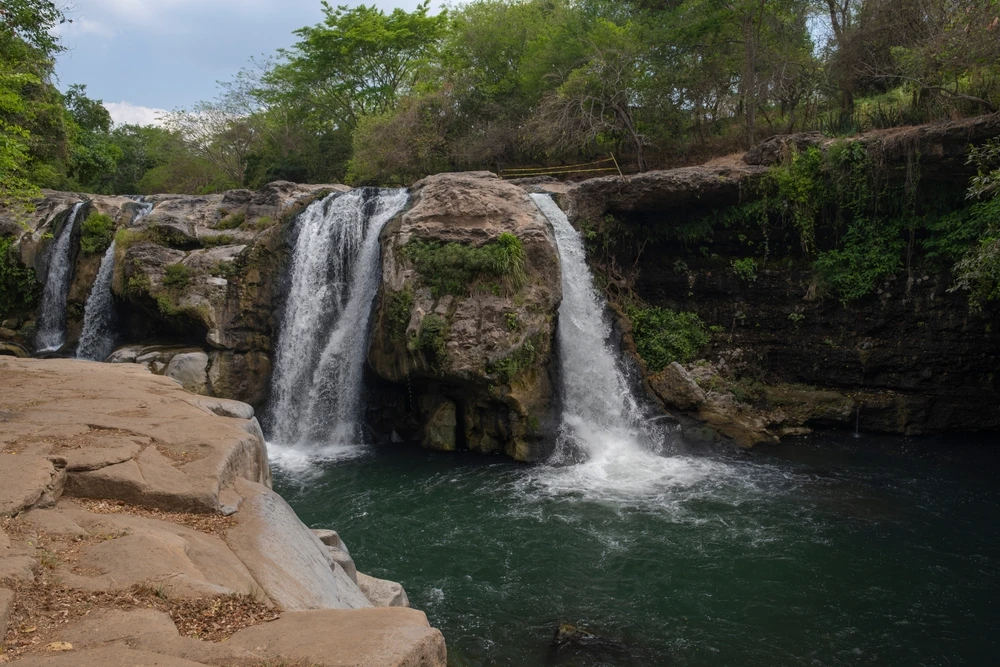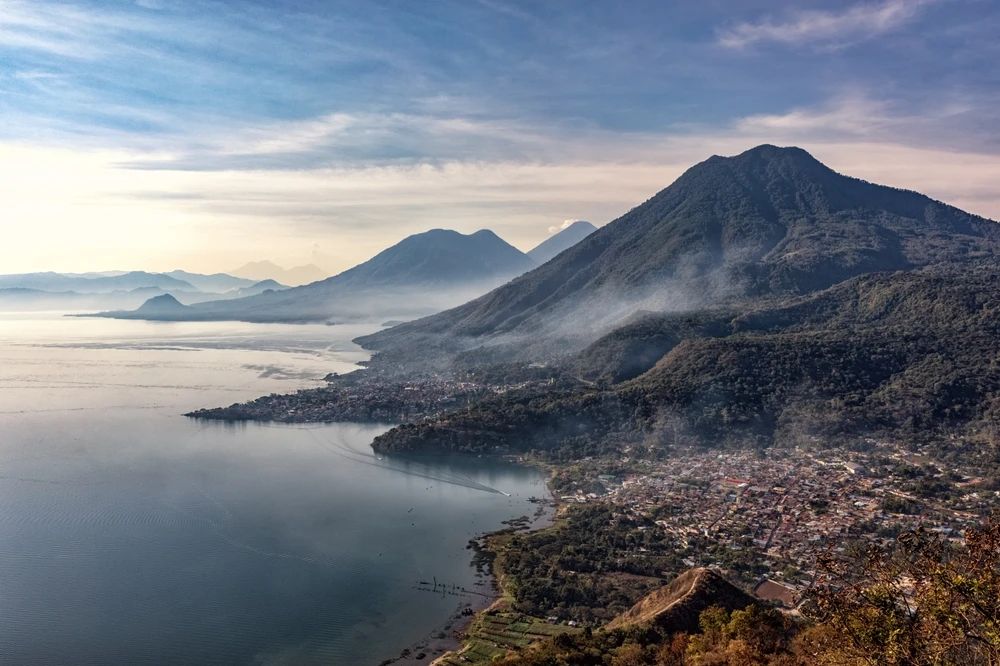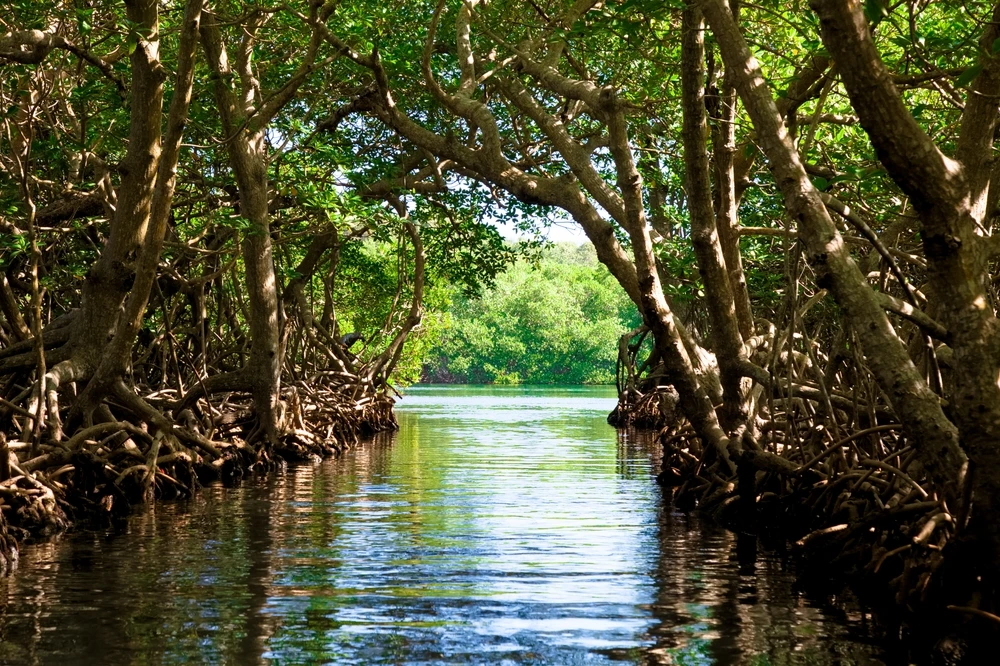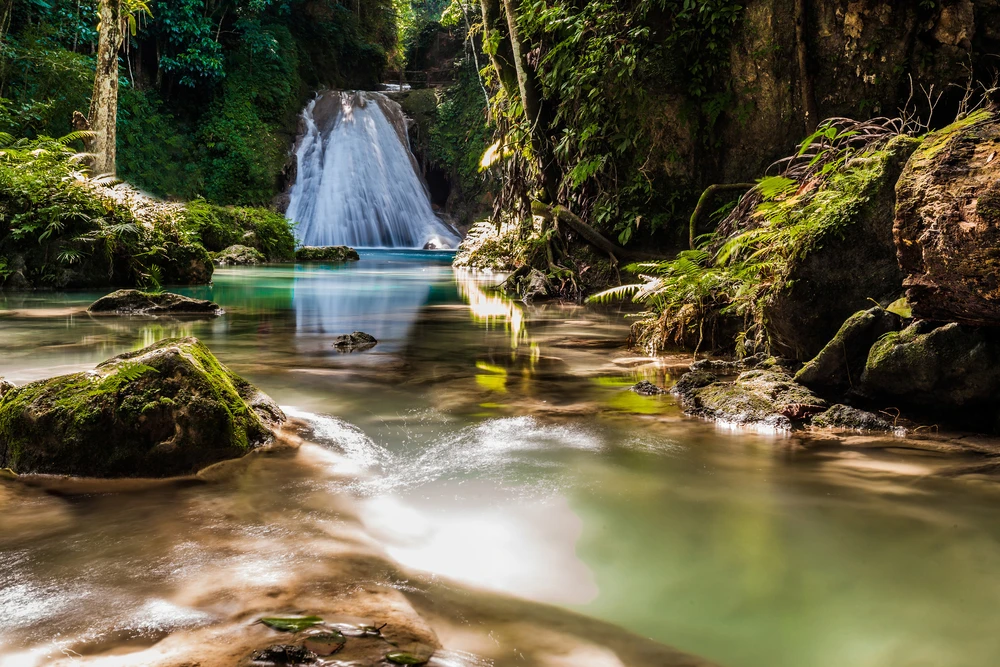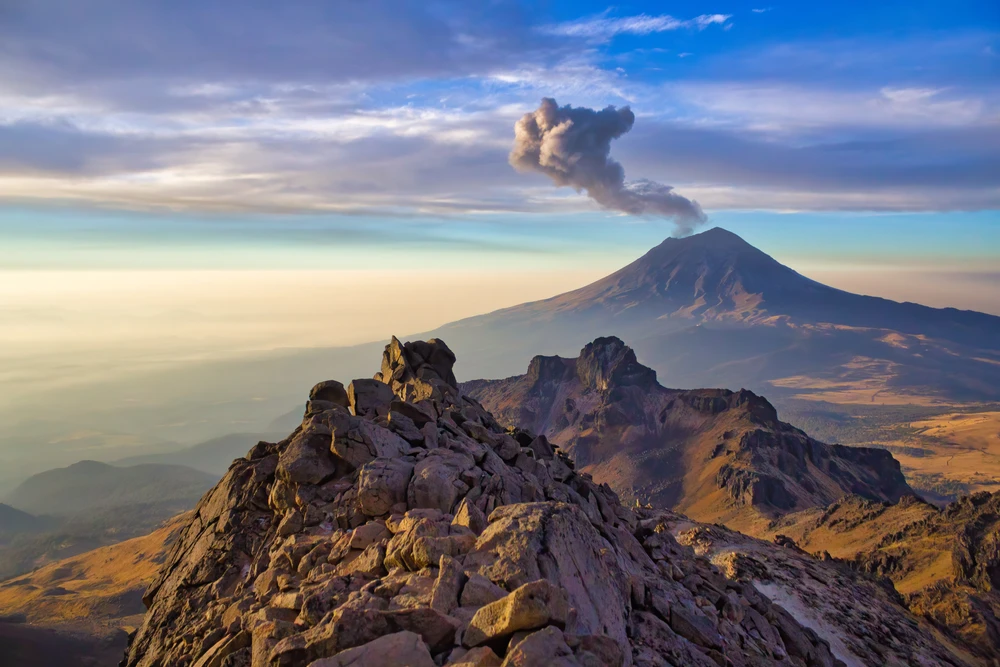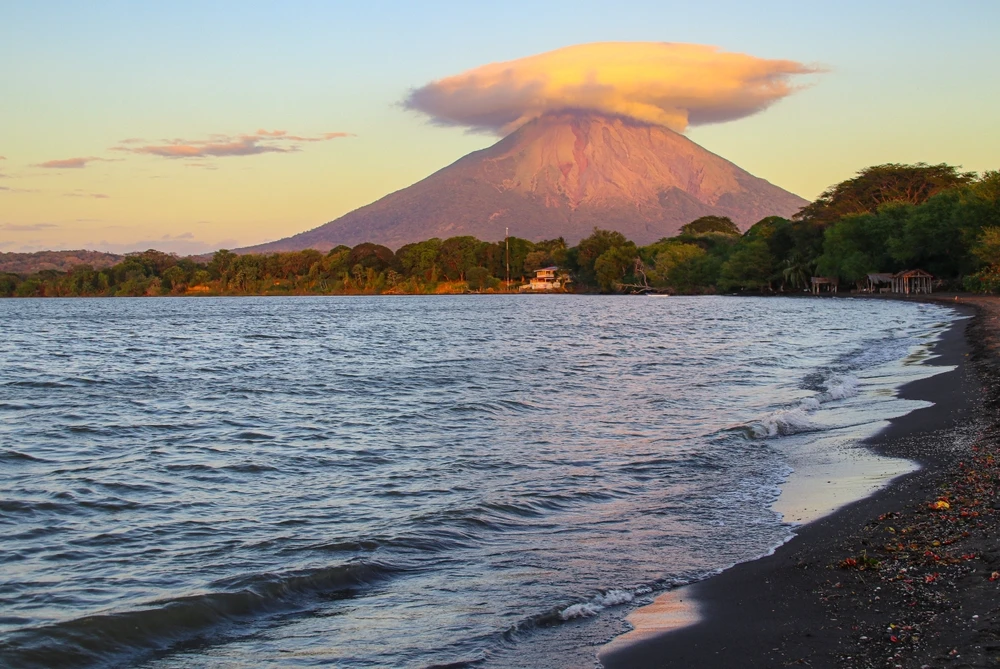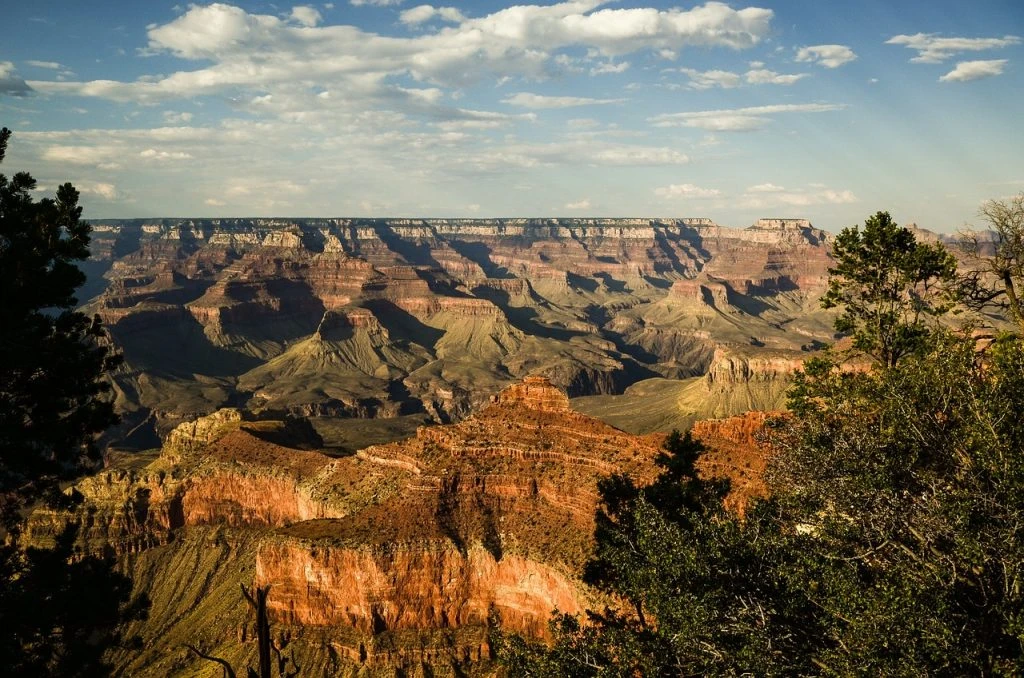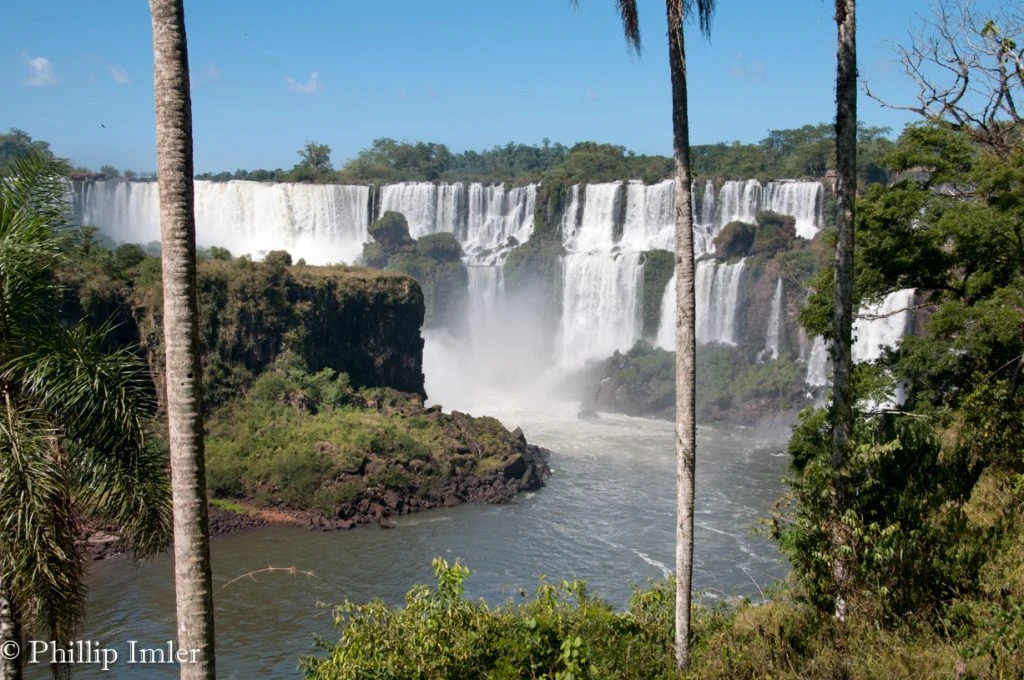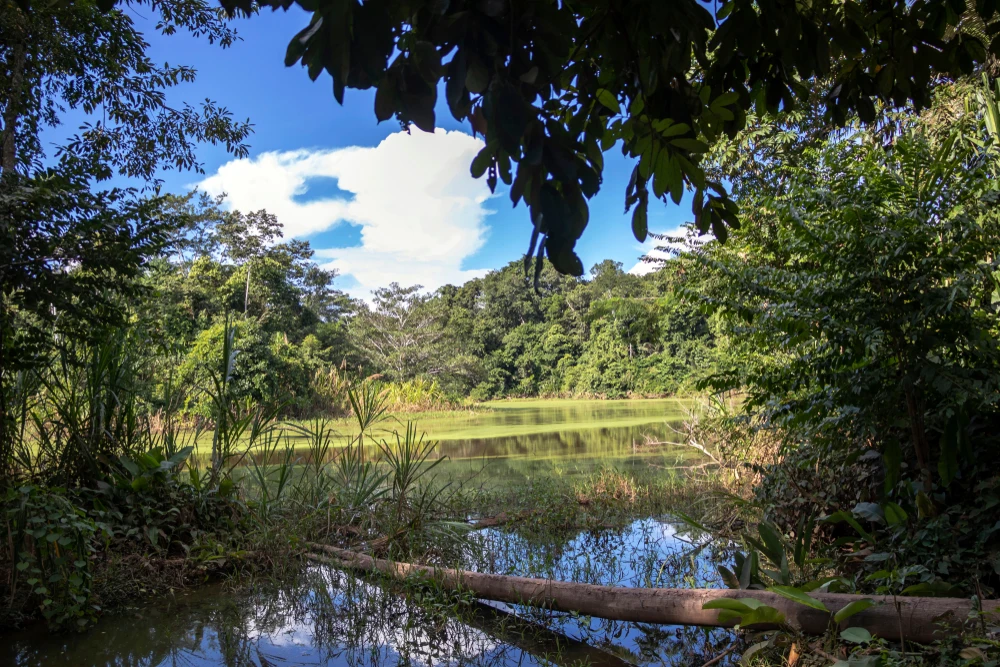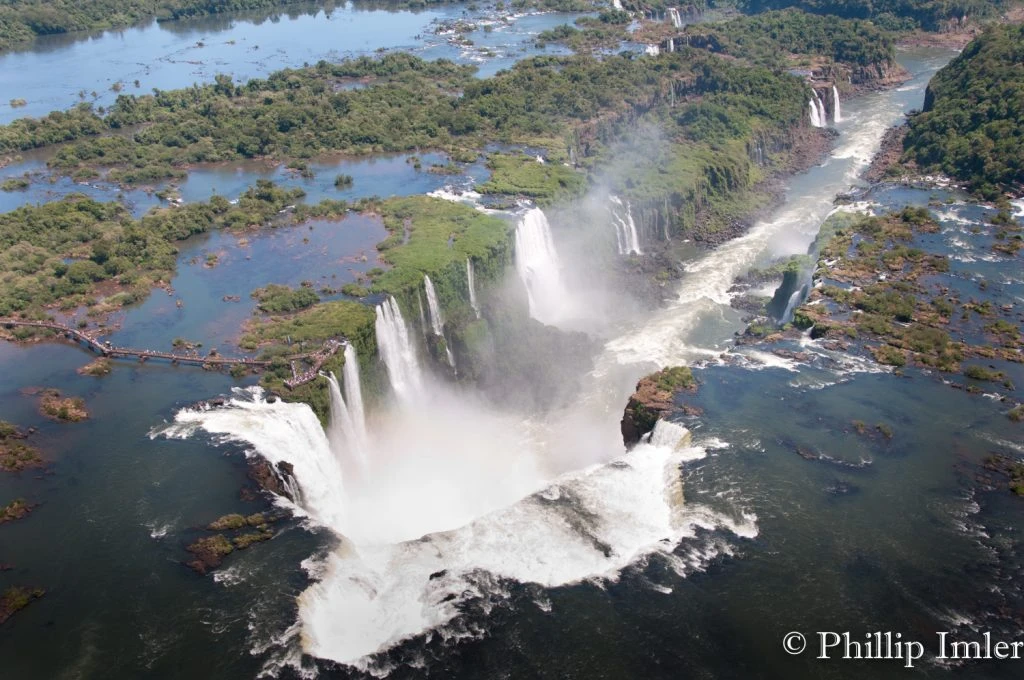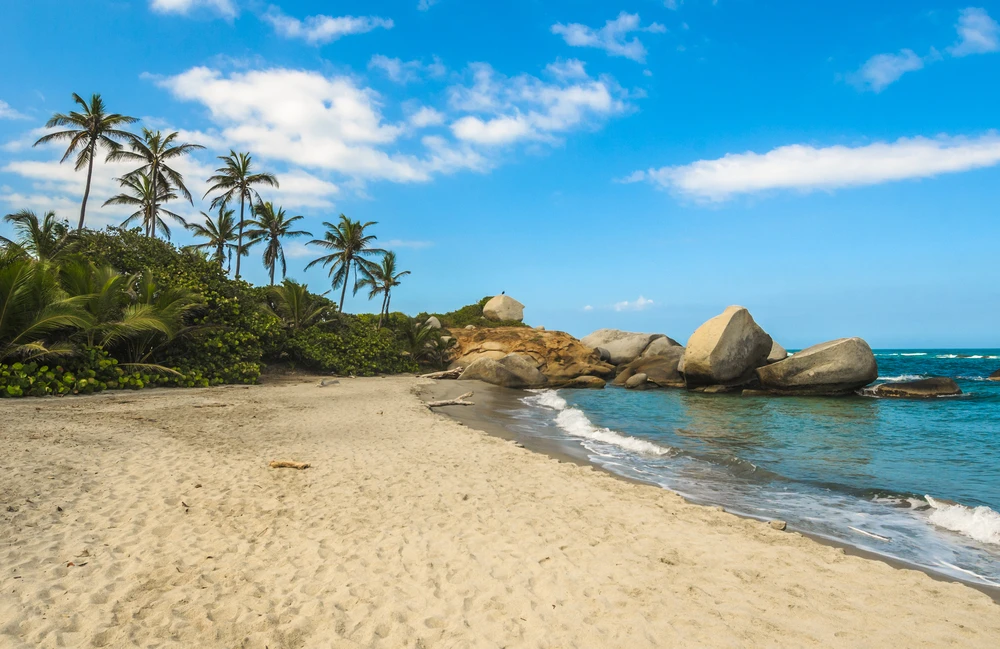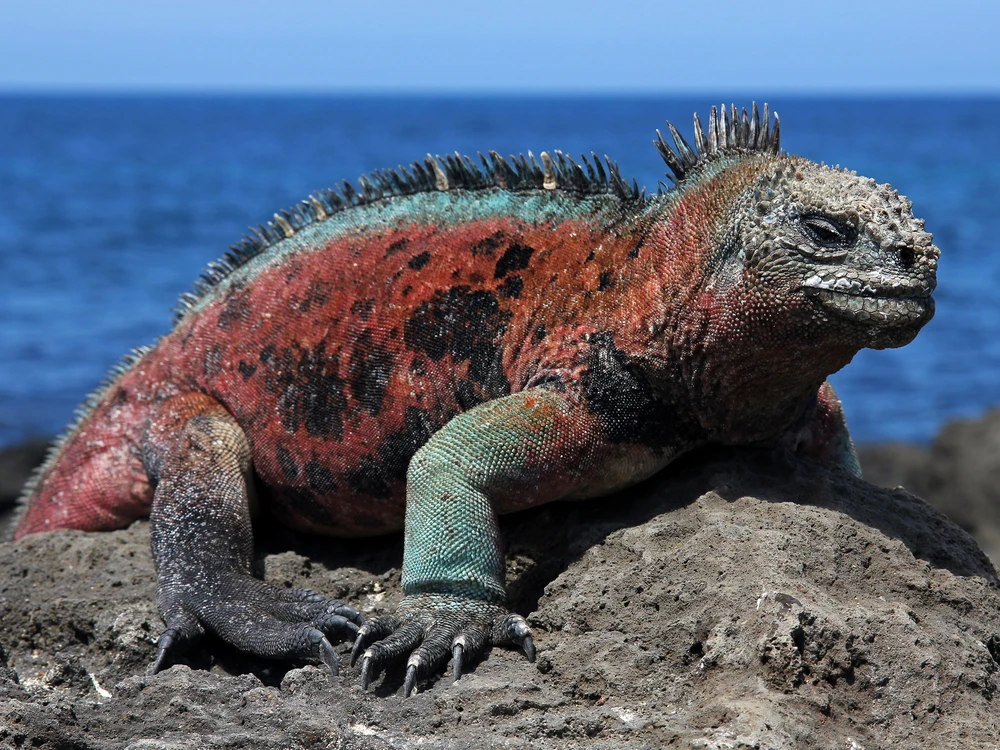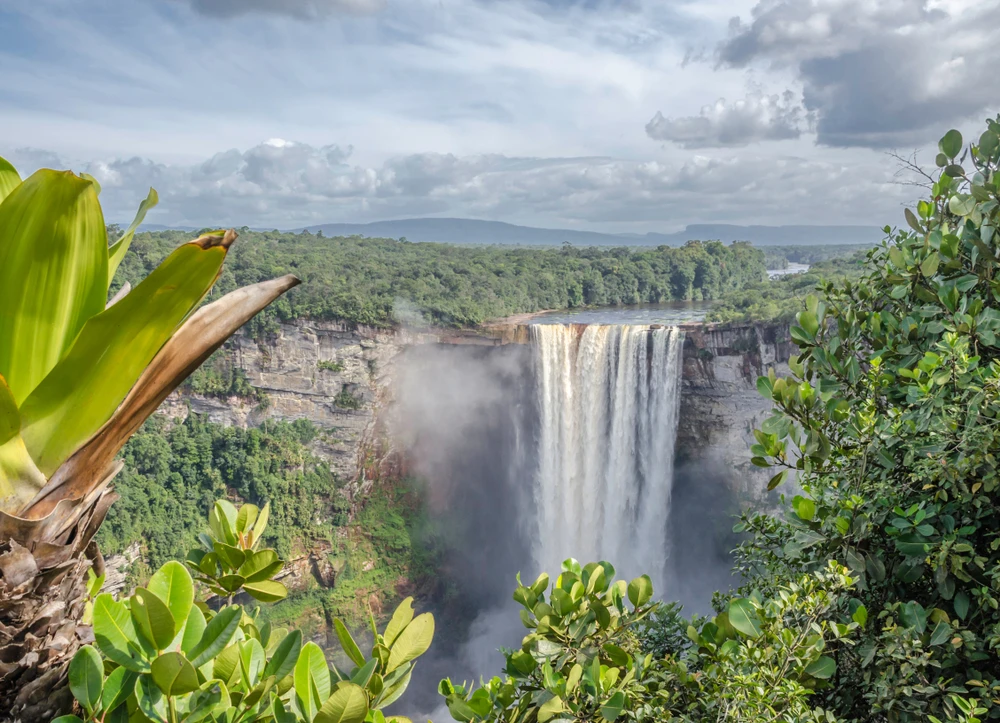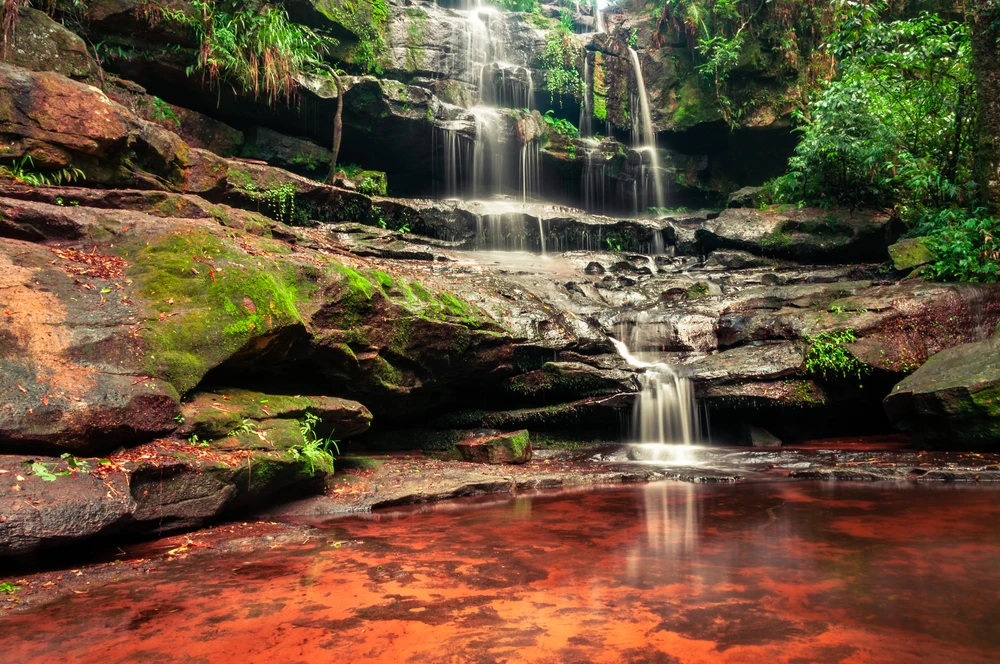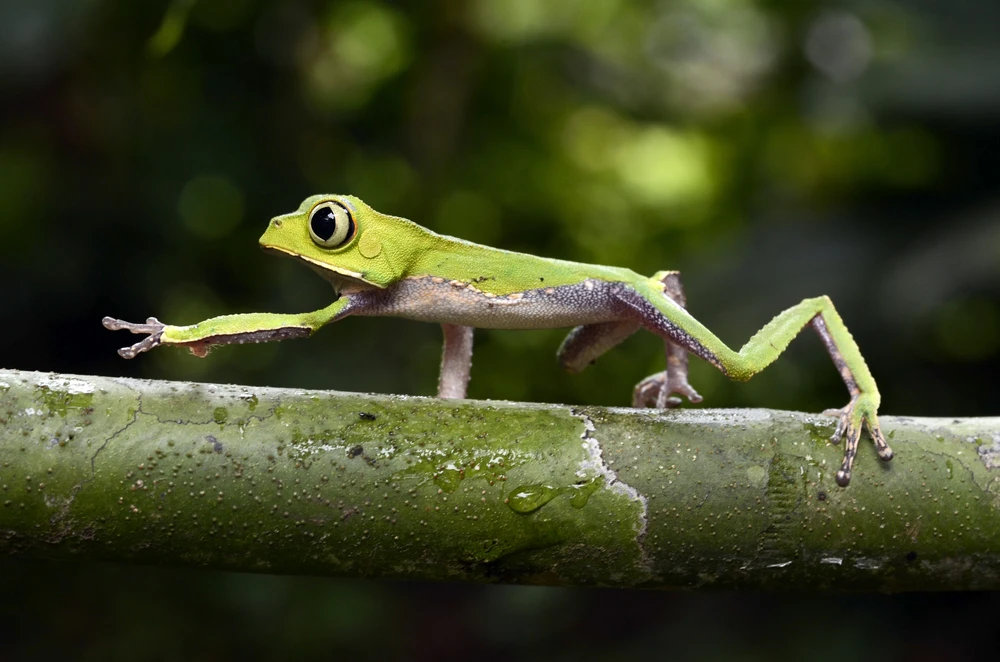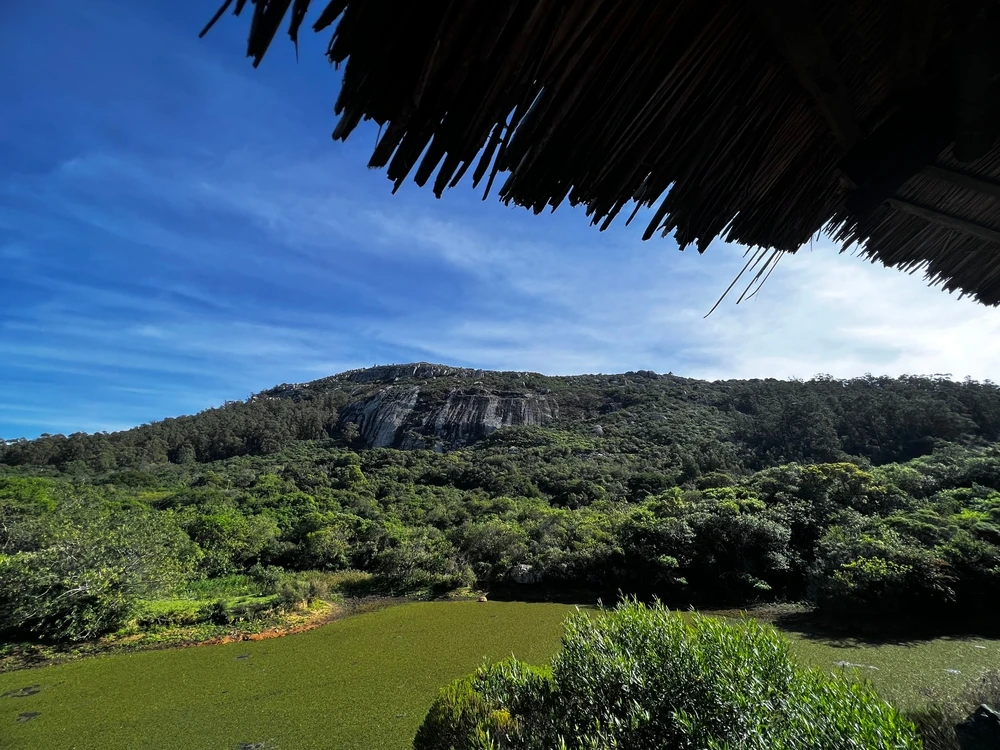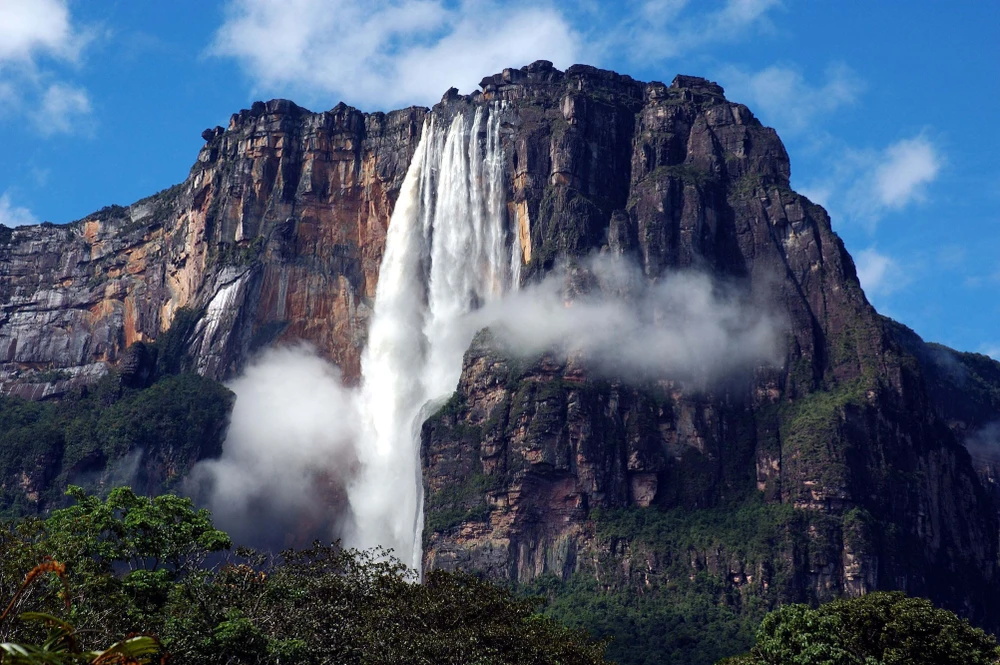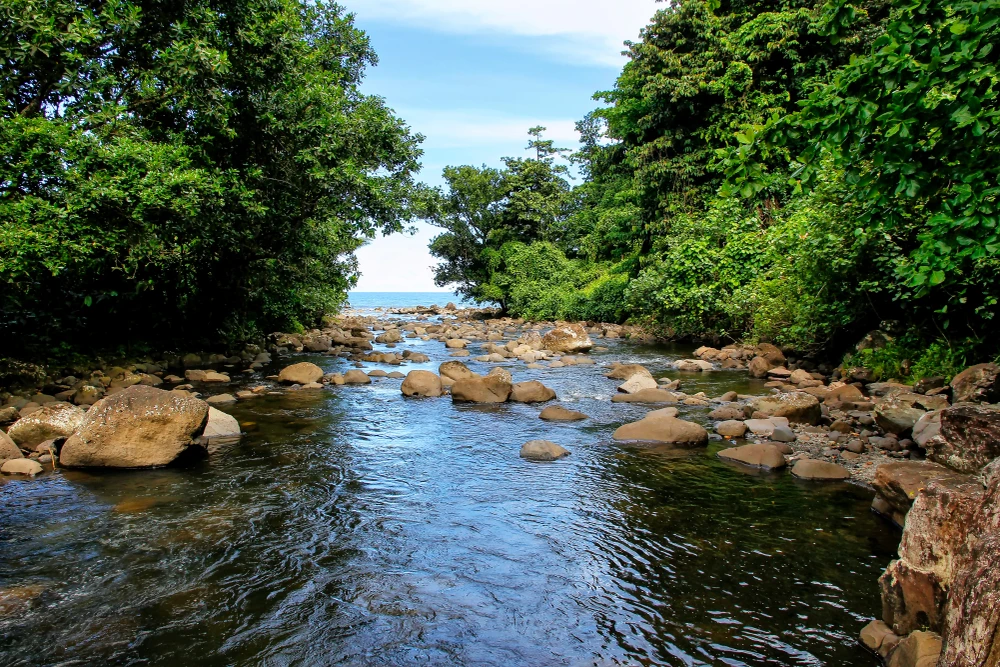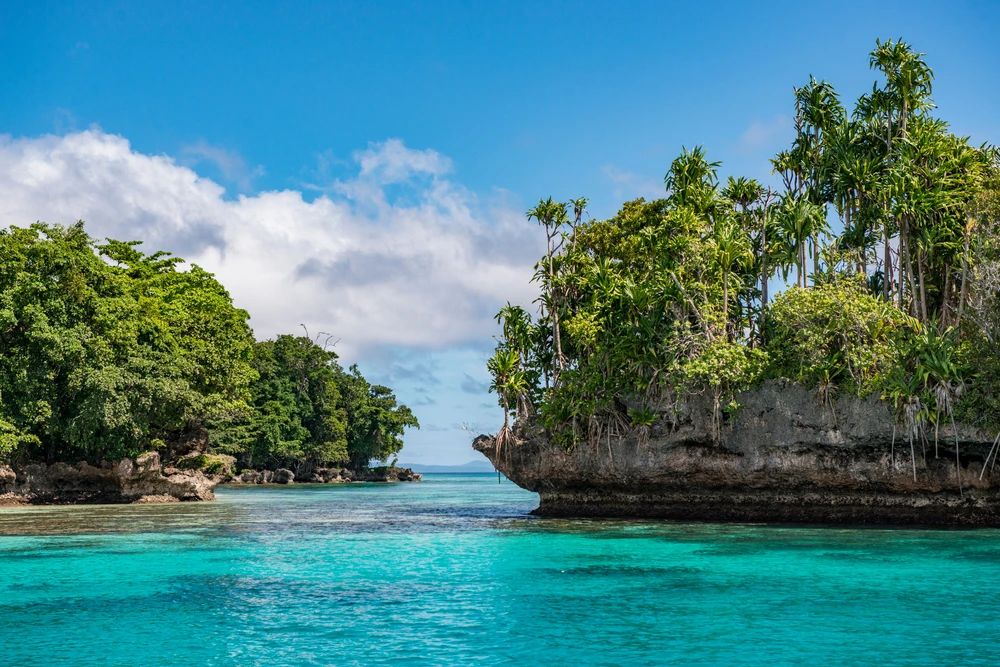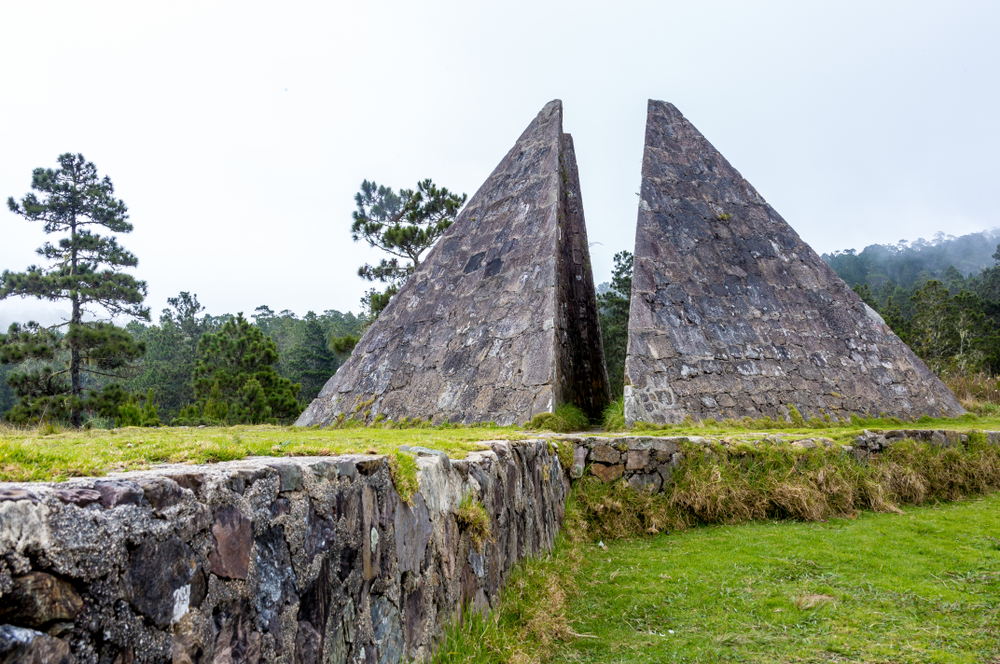Valle Nuevo Overview
Valle Nuevo National Park, known locally as Parque Nacional Valle Nuevo, is a vast protected area located in the central region of the Dominican Republic.
Encompassing approximately 338 square miles (876 square kilometers), the park is situated within the Cordillera Central mountain range, one of the most ecologically significant regions of the country.
Its high-altitude landscapes, which rise to elevations over 7,000 feet (2,135 meters) above sea level, create a unique and diverse environment that is often referred to as the “Dominican Alps.” Valle Nuevo’s cool temperatures and mist-covered forests distinguish it from the tropical lowlands commonly associated with the Caribbean.
The park’s terrain is a striking blend of pine forests, cloud forests, and vast highland plains interspersed with deep valleys and rugged cliffs. The most dominant tree species in the park is the Hispaniolan pine (Pinus occidentalis), which thrives in these high elevations.
Alongside these towering pines, the park is home to dense undergrowth, ferns, mosses, and orchids, many of which are endemic to the island of Hispaniola. One of Valle Nuevo’s most iconic natural landmarks is La Pirámide, a monument marking the geographic center of the Dominican Republic.
Another notable feature is Aguas Blancas, one of the highest waterfalls in the Caribbean, cascading from a height of over 272 feet (83 meters). The park’s numerous rivers and streams serve as important water sources for the surrounding regions.
Valle Nuevo is renowned for its incredible biodiversity, supporting a wide array of wildlife, including several species that are either endemic or endangered. Among the mammals that can be found in the park are the Hispaniolan solenodon (Solenodon paradoxus) and the Hispaniolan hutia (Plagiodontia aedium), both of which are considered living fossils due to their ancient evolutionary lineage.
The park is also home to a variety of bat species, which play an important role in maintaining the ecological balance of the area. Birdwatchers are particularly drawn to Valle Nuevo for its impressive avian diversity, which includes species such as the Hispaniolan trogon (Priotelus roseigaster), the golden swallow (Tachycineta euchrysea), and the critically endangered Bay-breasted cuckoo (Coccyzus rufigularis). Raptors such as the Ridgway’s hawk (Buteo ridgwayi) and the broad-winged hawk (Buteo platypterus) can also be spotted soaring above the forest canopy.
One of the most popular attractions in Valle Nuevo is its vast network of hiking trails, which allow visitors to explore the park’s remote landscapes. Camping is another favored activity, as the park’s cool temperatures and stunning scenery make for an unforgettable outdoor experience.
Visitors can also enjoy birdwatching, photography, and guided eco-tours led by local experts who provide insights into the park’s unique flora and fauna. The cool mountain climate and breathtaking views from locations such as Alto de la Bandera and Loma del Toro make Valle Nuevo a top destination for nature enthusiasts.
Conservation efforts in Valle Nuevo have focused on protecting its fragile ecosystems from deforestation, illegal agriculture, and climate change. The park is managed by the Ministry of Environment and Natural Resources of the Dominican Republic, which has implemented various programs aimed at restoring degraded areas and preserving its unique biodiversity.
Despite challenges such as illegal land encroachment and poaching, Valle Nuevo has seen significant conservation successes, including the recovery of certain endemic species and reforestation initiatives. The park remains a critical sanctuary for the Dominican Republic’s native wildlife and a key contributor to the country’s environmental sustainability.
Park Map
Valle Nuevo National Park Highlights
Share your clicks with us
Related National Parks More Dominican republic
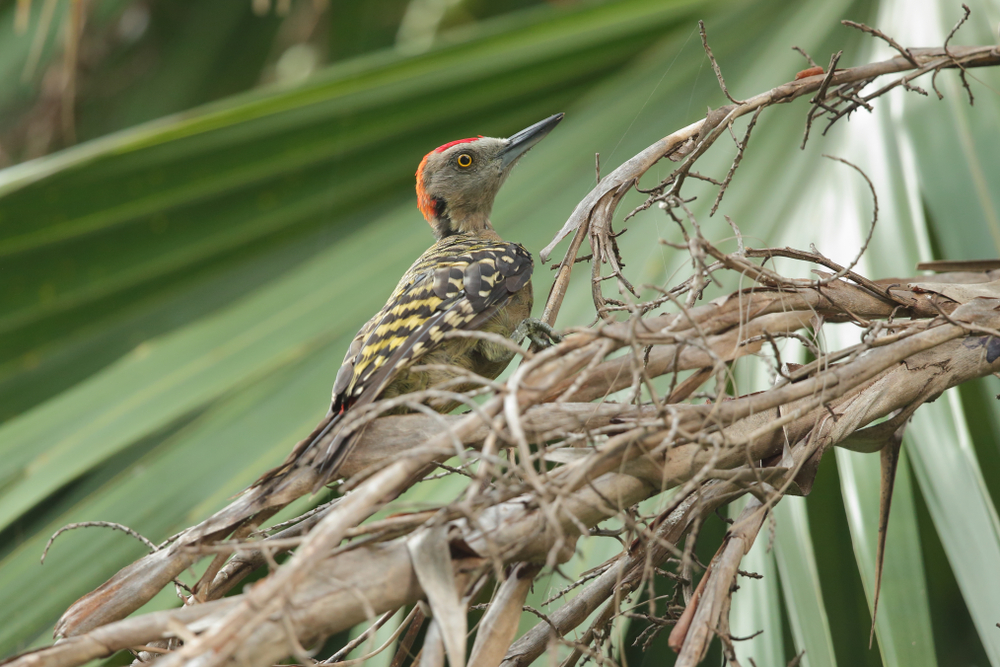
Cabo Cabrón National Park
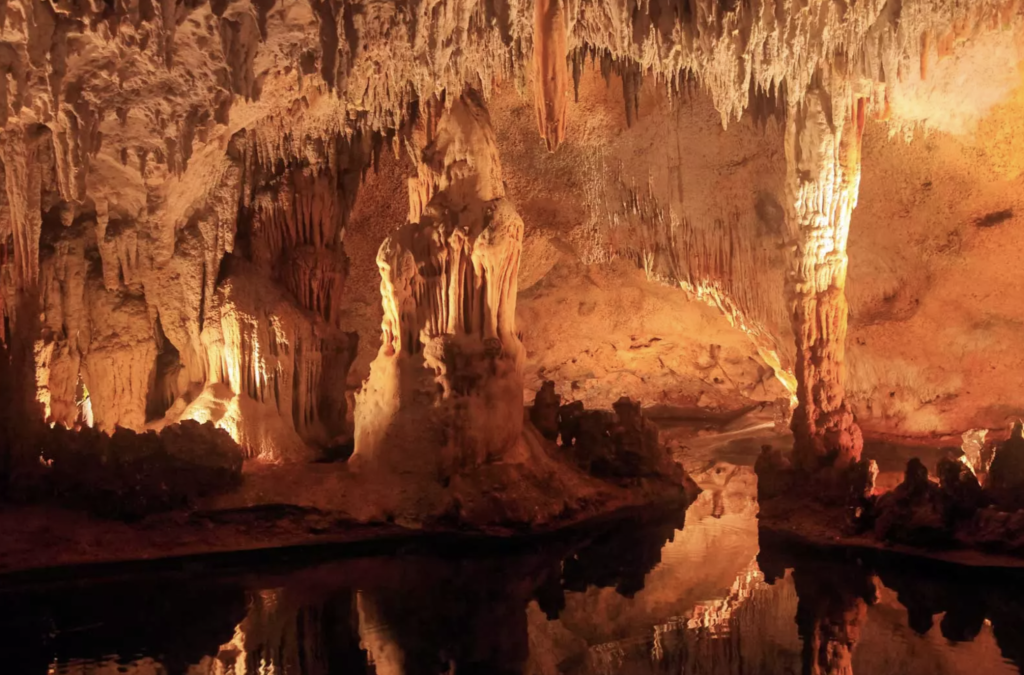
Cueva de las Maravillas National Park
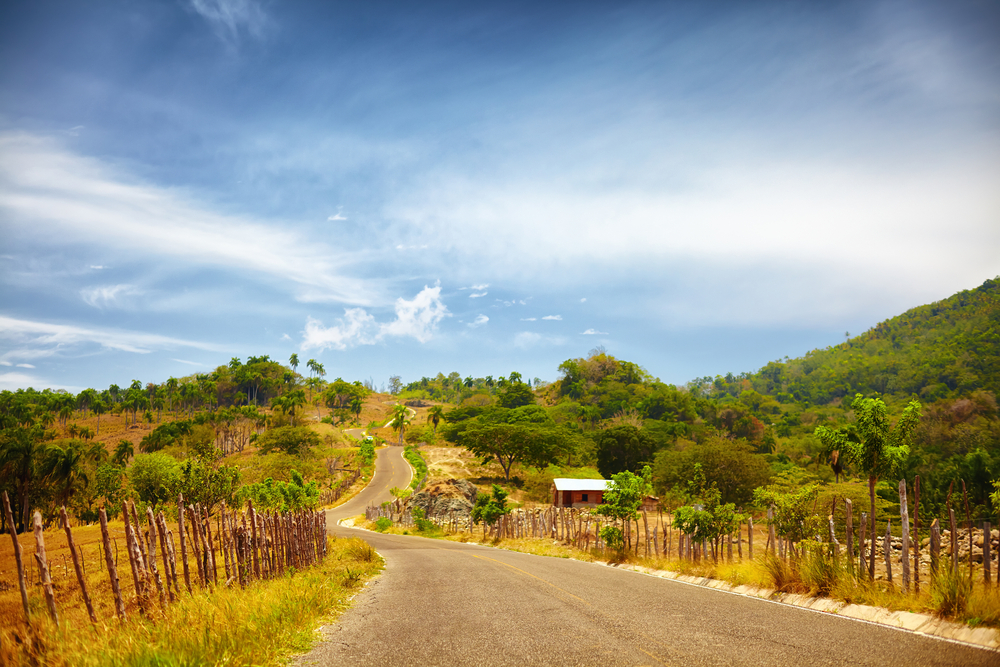
Isabel de Torres National Park
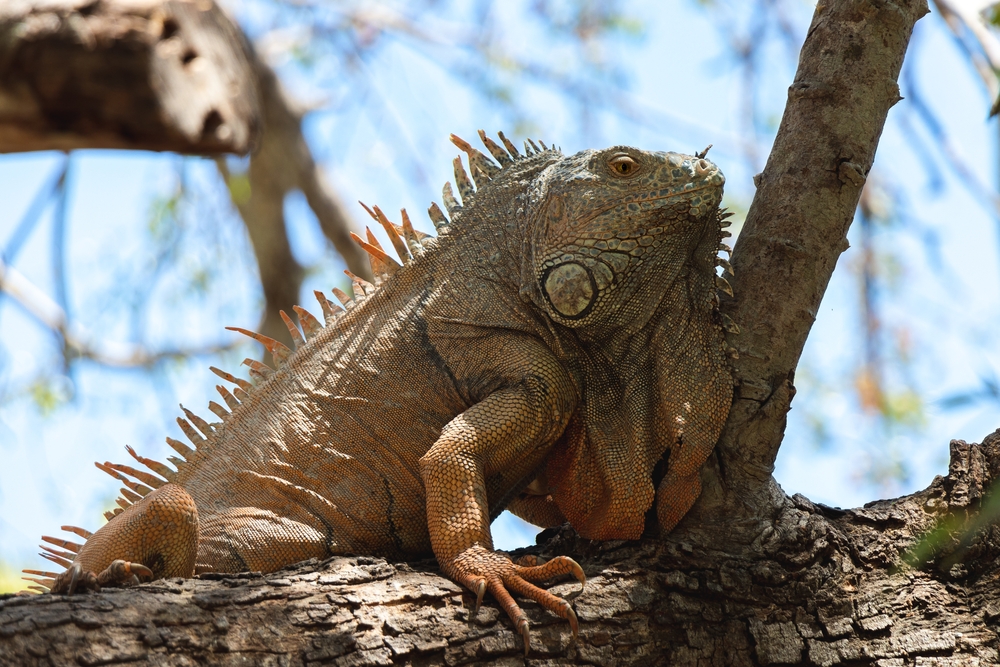
Isla Cabritos National Park

José del Carmen Ramírez National Park
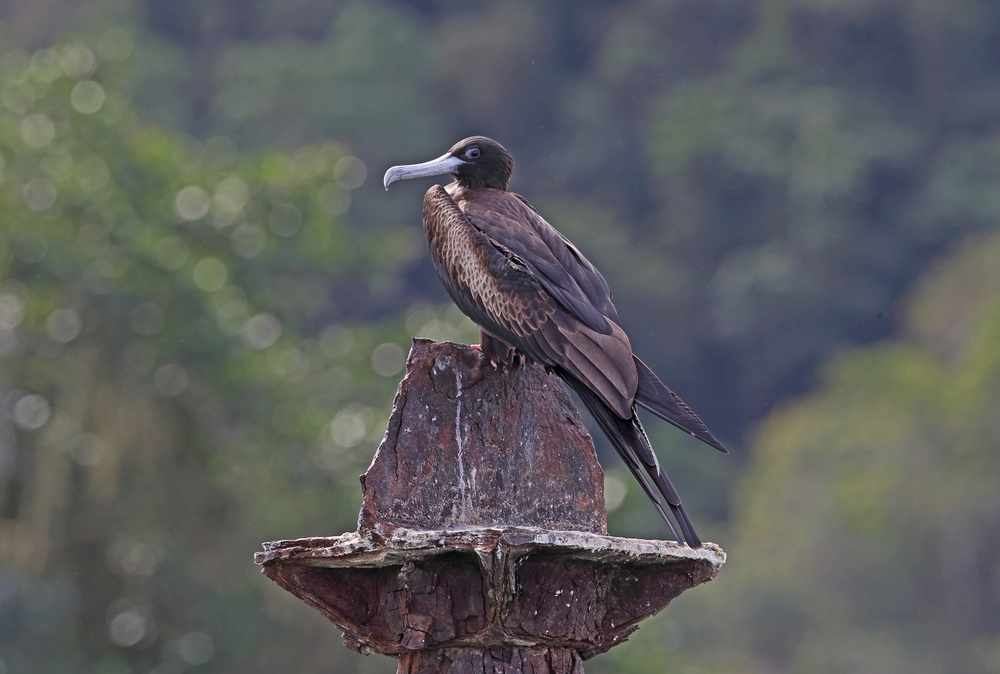
La Caleta Underwater National Park
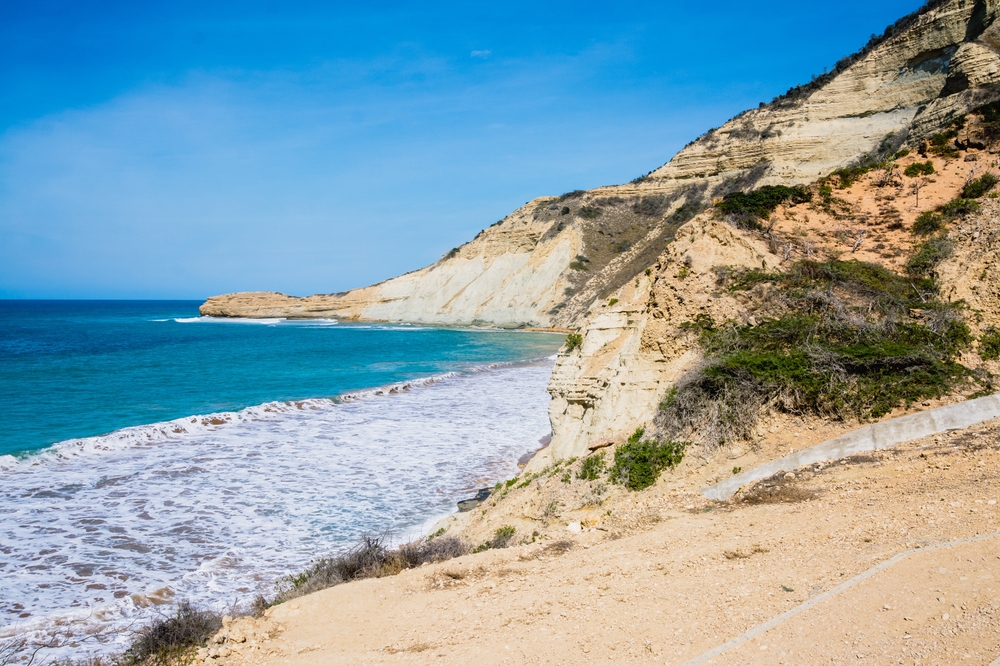
Monte Cristi National Park
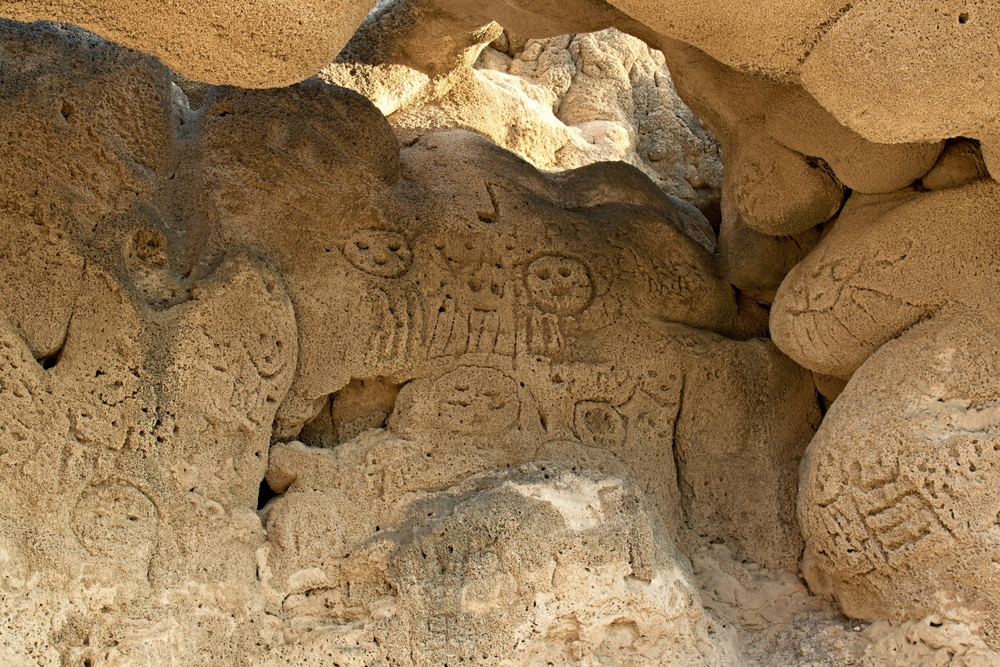
Sierra de Bahoruco National Park

Cotubanamá National Park



